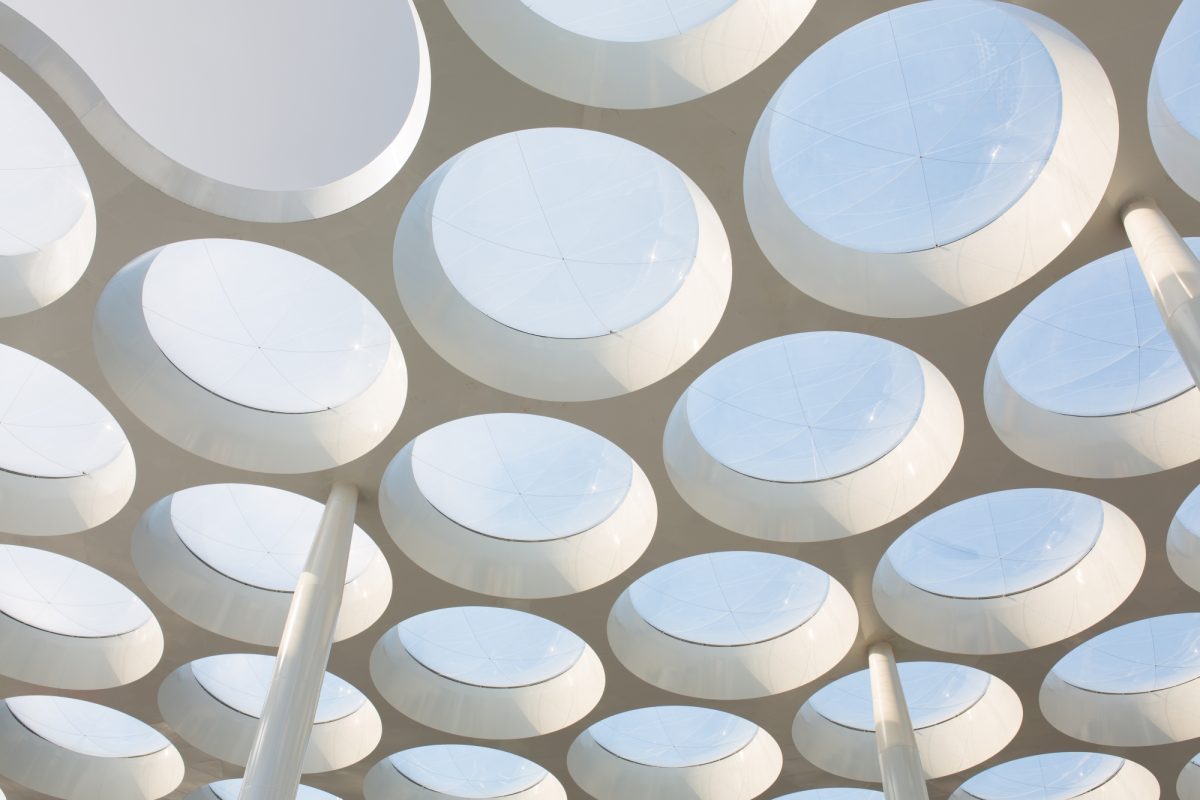Is bitcoin bad for the environment, or is it not?

15 March 2023

It has been restless in the bitcoin world in recent weeks. Not because of the price differences, but because of the introduction of digital objects on the bitcoin network such as images, moving images, and audio files. This is made possible by a new protocol, which the terms ordinals and inscriptions refer to. The number of digital objects on the bitcoin blockchain quickly increased at a rapid pace.
What are ordinals and inscriptions? And what do they mean for the bitcoin network? We'll explain it to you.
NFTs on bitcoin?
Digital files on the blockchain. Maybe this reminds you of NFTs, and they have some things in common. Ordinals and inscriptions are unique digital objects, stored on the bitcoin blockchain.
The objects are not called NFTs, but digital artifacts. They are linked to a specific satoshi, the smallest unit of bitcoin. One bitcoin consists of one hundred million satoshi, or sats.
The digital objects are stored directly on the blockchain. In that, they differ from most NFTs, whose data is often stored outside the blockchain on external servers. Is there a problem with those servers? Then your NFT is no longer visible.
Wondering what the digital items on the bitcoin blockchain look like? You can see the inscriptions here.
Digital items on the bitcoin blockchain, how does it work?
To understand the technology behind this, it is important to know that you can identify and track each satoshi by giving them a sequence number. This agreed-upon numbering is called Ordinals.
Giving each satoshi a sequence number does not change anything about bitcoin itself. Ordinals give a name to something that has always been there. To maintain a logical count, they chose to give all the sats a sequence number, regardless of whether the sat comes into circulation.
That we can track each sat is not new. The assignment of an inscription is. An inscription allows you to link a digital object to a satoshi and immortalize it on the bitcoin blockchain.
The combination between inscriptions and ordinals is what makes the digital item unique. Do you link a copy of the item to another sat? Then the sequence number and thus the ordinal is different. In this way, we can now assign digital files to a satoshi with a unique sequence number. There will always be only one copy of that number.
The intrinsic value of that one sat always remains equal to 0.00000001 bitcoin. The subjective value? That depends on the value one places to the inscription.
Not everyone is happy with digital items on the bitcoin blockchain
After all, bitcoin is intended as a payment network, not for storing digital items. That is the opinion of a portion of bitcoin enthusiasts. Digital items take up a lot of space on the blockchain. Space is intended for financial transactions, and not for "nonsensical" Internet images.
The bitcoin protocol has no opinion and does not practice censorship. If you pay enough transaction fees, your transaction will automatically enter the next block. That is also exactly what is happening now, and that is potentially good news for the revenue model of bitcoin miners.
Inscriptions are welcome for bitcoin miners
Why? Bitcoin miners receive a reward in bitcoin for mining. The reward consists of the block subsidy and transaction fees. The block subsidy is an amount of bitcoin specified in the protocol, which is halved approximately every 4 years with the halving.
Currently, the block subsidy of 6.25 bitcoin is the largest source of income for miners. In just under 10 years, in 2032, the subsidy will go to about 0.78 bitcoin per block. Miners cannot make ends meet on that, so the bitcoin price and transaction costs must go up.
But transaction costs have gone down in recent years. Blocks are not always full, and for higher transaction fees on the network, they must be. The greater the demand for a spot in a new block, the more you must pay to get in.
The effect of ordinals and inscriptions on transaction costs? Those are limited. Total transaction fees increased by just over $1 million in February. If we look at the total budget miners need annually to stay operative, that's just a drop in the bucket.
A new application for bitcoin?
That remains to be seen. Does activity on the bitcoin network increase, say with the adoption of the lightning network? If so, transaction costs become higher and inscription captures will be more expensive.
Do digital artifacts on bitcoin become more popular? Even then we still have to deal with the limited space in the blocks and so you will have to pay more to get into them.
So, who is willing to pay huge sums to capture data on the bitcoin blockchain? For the Internet images and files, we see appearing now, probably no one.
What we need to realize is that we live in a world where more and more information is digital. Keeping important information secure and decentralized, without relying on a third party, is becoming increasingly important. From that perspective, a future for ordinals and inscriptions is not inconceivable.
What that future looks like? That's hard to say. Perhaps ordinals and inscriptions will open new doors for other applications and innovations. Maybe it is just hype and will slowly fade away.
Either way, ordinals and inscriptions are an interesting development for bitcoin, and we'll keep an eye on it.

Our website uses cookies
We use cookies to personalize content and advertisements, to offer social media features and to analyze our website’s traffic. We’ll also share information about your usage with our partners for social media, advertising and analysis. These partners can combine this data with data you’ve already provided to them, or that they’ve collected based on your use of their services.